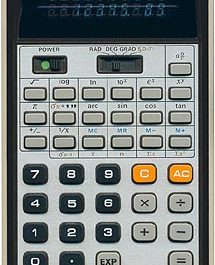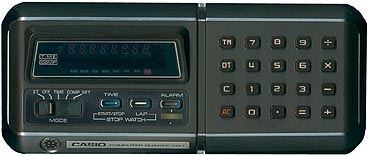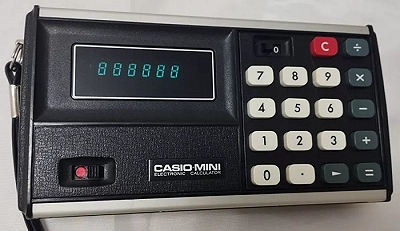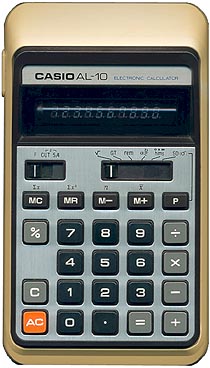
The Casio AL-10 was an early scientific calculator released around 1976. This model featured a slim plastic case measuring about 80mm x 140mm x 25mm and weighing 134g. The neutral colored case had a two-tone design, with the top and bottom pieces in glossy white and brown plastic. A key feature was the 10-digit vacuum fluorescent display, which provided a crisp blue image. However, no overflow digit was included.
Power came from two AA batteries or an optional AC adapter. Keys were the typical rubber Casio type. Along with the basic four functions, the AL-10 handled percentages, square roots, fractions, sexagesimal numbers, and offered a four function memory. A sliding switch changed the function of the P key to access additional capabilities like statistics and time calculations.
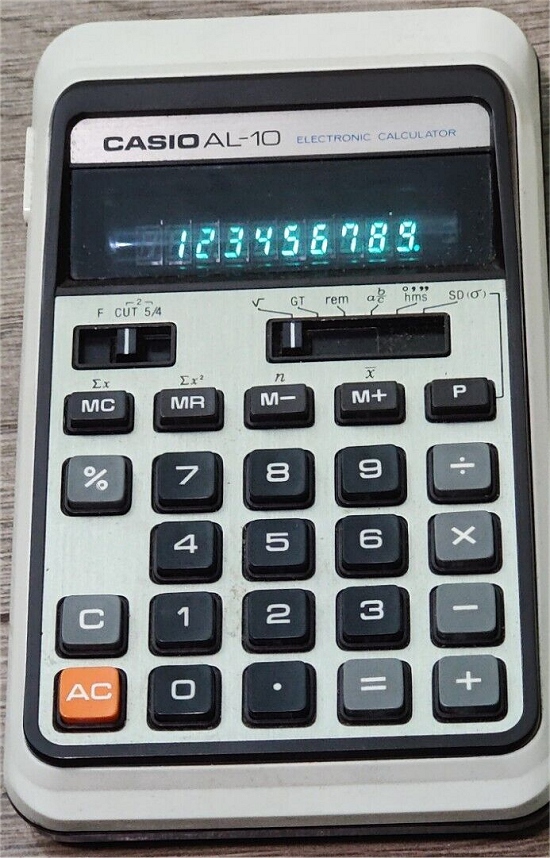
Internally, the AL-10 used a single NEC D573C chip to control the calculator logic and drive the display. This was supported by an array of diodes, transistors, capacitors and resistors. The main board connected to the keyboard by wires. Constructed in Japan, the serial number was printed inside.
Logic:
- The C button cleared the last number entered, while AC erased the entire calculation.
- Overflow was suppressed on input, ignoring any 11th digit typed.
- Selectable automatic constant on multiply/divide by double pressing the operator.
- Overflow errors displayed an E and were not recoverable.
- Divide by zero also showed an unrecoverable E.
- Round off and fixed 2 decimal modes available.
- Square roots of negative numbers produced a negative zero bug.
- No indication memory was stored – had to be remembered.
- Fractions used inverted L, sexagesimal an upper o.
- Negative numbers had a – sign in the leftmost digit.
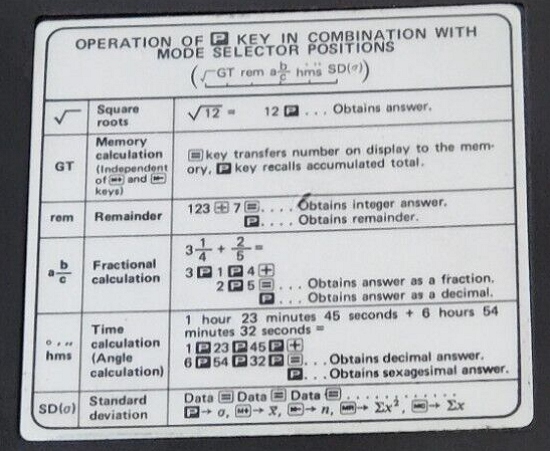
The AL-10 provided useful capabilities for the era like fractions and sexagesimal support. However, shortcomings like the lack of an overflow digit, poor error recovery, and bugs made the calculator logic less than ideal. Still, the AL-10 was an early Casio model that pointed towards their future scientific calculator success.
